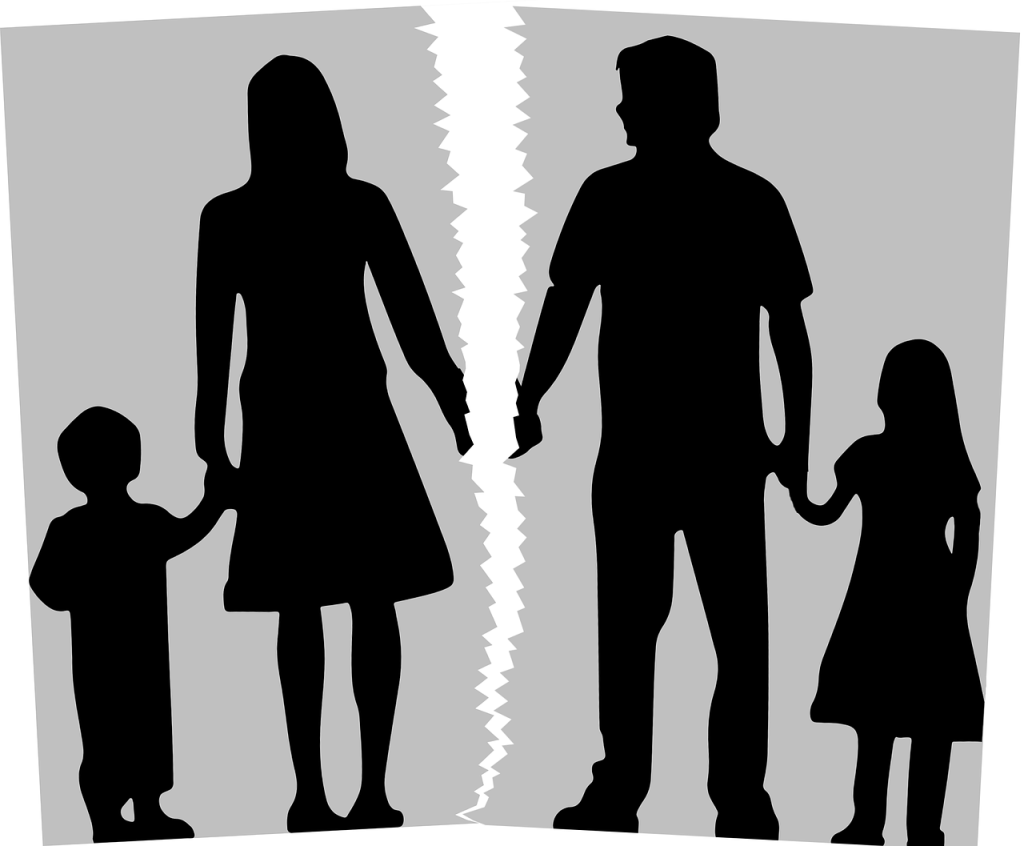Conflict Resolution Day is mainly an educational event established in 2005 by the Association for Conflict Resolution (ACR) to increase awareness of the various peaceful, non-violent methods of resolution.
Conflict affects every single aspect of our lives, and without a doubt, it is something each one of us will experience. Resolution methods can be applied in different avenues of life and at different ages including in the workplace, at school, within the legal system and importantly amongst families.
Where there are differing opinions and when people feel they are not being heard conflict can arise. Conflict invariably is based on some difference in an individual’s or group’s core values. If conflict is not managed effectively it can result in the breakdown of relationships and be detrimental to your emotional and physical well-being.
Approaches to Resolving Conflict
There are diverse ways you can approach resolving conflict including mediation, conciliation, negotiation, arbitration, and facilitation.
It’s important to know when to ask for help; the first step is negotiation between the parties.
Different Forms of Conflict Resolution
- Mediation is allowing the involvement of an impartial and unbiased third party to support both parties work through conflict, understanding each other’s views and developing their own agreement. Mediation involves face-to-face discussions and provides both parties with an equal opportunity to talk and explain their perspective, something which may not have been possible during negotiations. The end goal of mediation is for both parties to reach a shared agreement. Mediation is an especially important aspect of Family Law and is beneficial in reaching agreements in respect of money, property and children and is often the last resort before commencing Court Proceedings which are costly, time-consuming and can have negative impacts on the well-being of parties involved, especially children. All applications in family law require evidence of a Mediation Information Assessment Meeting (MIAM), an introductory meeting, having been undertaken before a Court will even consider advancing proceedings. There are, however, exceptions – for example, if you have been subject to domestic abuse and can provide the appropriate evidence to support your position.
- Facilitation is the act of making it easier for parties to accomplish a goal and consider interests and not positions. A mental health or legal professional with mediation training can assist co-parents in creating or implementing parenting plans, complying with court orders and resolving pre- and post-divorce parenting disputes. The purpose of facilitation is to reduce the negative impact of conflict between parents on children. Facilitators can interact with clients by telephone and e-mail rather than face-to-face sessions used in dispute resolution.
Conflict Resolution and Psychology
Conflict Resolution can look very different depending on the perspective from which it is viewed. Parties may negotiate and attempt to solve problems mutually, others may withdraw and avoid interaction and others fight and dominate their counterpart or yield and give in.
Conflict resolution is so important; not effectively resolving disagreements and disputes, particularly between parents and in family scenarios, can have devastating impacts on children’s development.
There has been an array of psychological research into conflict resolution which has had a significant impact on the practices used in today’s society.
For example, in 1954 social psychologist Muzafer Sherif and his colleagues published a study known as the Robbers Cave Experiment. Twenty-two boys, unknown to each other were separated into two subgroups. Over the coming days, the two groups became hostile and competitive with one another. The physical act of dividing people and even the feeling of division can in itself induce conflict. However, on the boys being given a common goal they all banded together and more cooperative relationships were formed. This highlights how the presence of common goals reduces competitiveness and how conflict can be resolved through the development of shared goals and social identity.
Conflict and the Law
The law can be a battlefield of conflict, but it can be resolved more amicably than many think. Often, particularly in child contact and arrangement matters, it’s important to take a step back from the situation. Remember that despite the tension and conflict between the parties the sole purpose and goal is to ensure that the welfare of any children involved is a priority and their needs are put first. If both parties remember that this is their shared goal, cooperation and understanding can grow in time.
How can we help?
To discuss any aspects of conflict solution within your relationship, contact our family team to see how they can help

